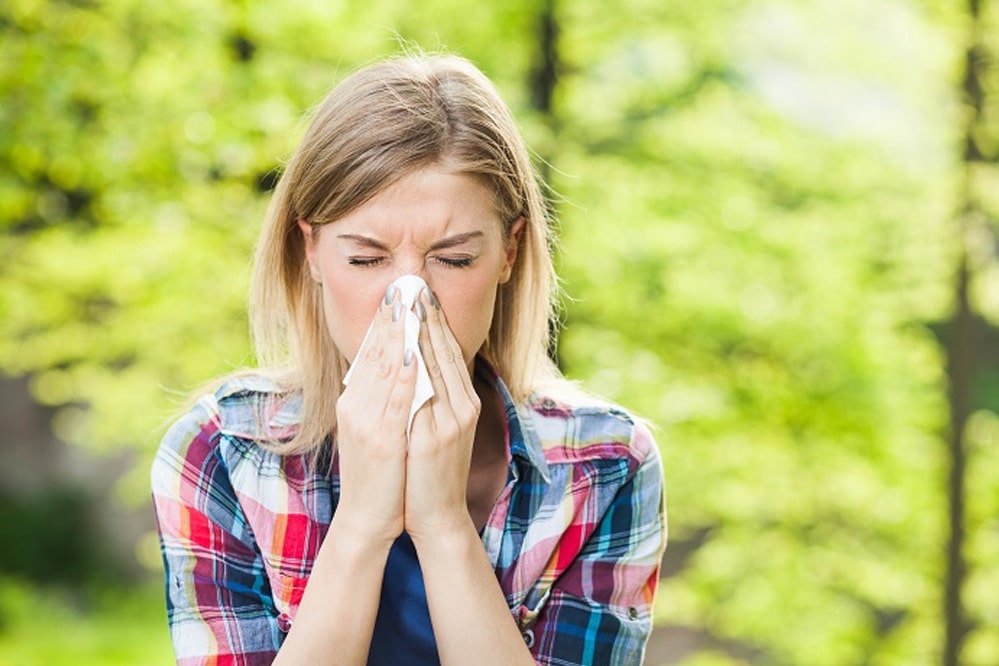People who suffer from allergies and asthma may get no relief from the sniffles even in their homes because of the presence of indoor allergens such as dust mite, mold growth, spores, and pet dander. Studies have found over fifty percent of homes have above six allergens that trigger symptoms of allergy. Log homes are affected by these allergens too, as they are usually air-borne and can be found on the wooden floor, furniture and surfaces of the house. Building a solid log home with weather tight construction is the first step in keeping allergens at bay. While it may not be possible to completely keep your log home allergen free, there are various ways of reducing the level of allergens present in your home, to make breathing easy.
Clean Regularly
Cleaning your log home regularly should be part of continuing maintenance, especially during peak pollen season. To relax in your log home, without triggering off allergies, you need to get rid of dust mite and spores that thrive in dust. Dusting can also stir up allergen particles in the air, so use a damp cloth for dusting surfaces or wear a dust mask while cleaning. Remove clutter from your home, as they tend to attract dust. Allergens may hide on surfaces, so mop the flooring every week.
Reduce upholstered fabric
The good news for allergy sufferers is that wood surfaces don’t not hold onto and trap quite as many allergens as fabric. Wood floors are fortunately not just good looking but also easier to clean than carpeting. Where there is carpeting, vacuum once or twice a week, with a high-efficiency particulate air (HEPA) filter, which can trap small particles and prevent them from spreading into the air. Avoid carpeting in wet rooms like bathrooms, to prevent mold growth. Also keep in mind that it is easier to dust flat shades instead of horizontal window blinds and choose wood blinds instead of heavy fabric for windows. For log homes, rustic leather sofas or metal furniture may be better suited than upholstery ones, especially if you are suffer from allergies. Also minimize the number of throws, rugs, pillows and blankets in your home to reduce dust mites. You can use dust mite proof covers for the pillows, mattresses in the bedroom and the best way to remove allergens is washing the bedding in warm water, at least 130 degrees.
Change your air filter
You can improve the air quality in your home and reduce airborne allergens, by replacing your HVAC air filter once a month. Using a HEPA filter will help clean the quality of air in your room and may even improve the quality of your sleep. You can install a thermostat that enables setting reminders for when to change your filter.
Install Exhaust fans
Install exhaust fans for better ventilation in bathrooms and in your kitchen. Using exhaust fans helps reduce the air moisture and lowers the humidity level in your home, which is vital in removing allergens. Proper ventilation that vents to the outdoors than one that just filters can help improve the quality of air in your home. Smoke is also known to aggravate allergy symptoms so consider a natural gas fireplace rather than a wood-burning one in your log home, if you suffer from severe allergies.
Use air-conditioners in summer
With the warm weather, pollen spores can be dragged into your home from the outdoors. Dust mites love the humidity in the summer. So use your air conditioner through the warm weather to stop pollen spores and dust mites from entering your home. You may even try a dehumidifier, if the humidity level is above 30% to 50% in your home, to prevent mold growth. Controlling the humidity level in your home can help manage these strong trigger elements for allergies.
If you suffer from allergies and know of any other handy tips to keep your home allergen free, do leave us a comment. Whether you suffer from allergies or not, if you want professional help, cleaning and maintaining your log home, please feel free to contact We Fix Log Homes.


